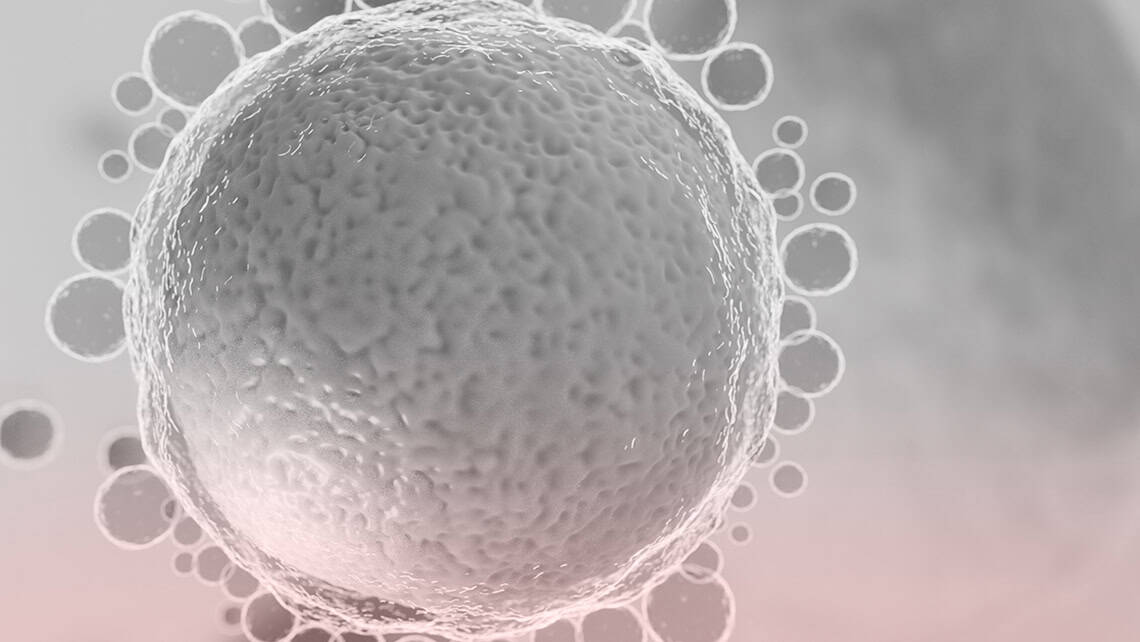
Mini, soft or mild IVF: what are the advantages and disadvantages, requirements and results?
Índice
- 1 What is mild stimulation? Mini or soft IVF
- 2 Cases in which mild stimulation (soft or mini IVF) is advised
- 3 The advantages of mild stimulation
- 4 The disadvantages of mini IVF or mild in vitro fertilisation
- 5 Medication in mini IVF compared with the pharmaceutical drugs for conventional in vitro fertilisation
- 6 Soft or mini IVF results
What is mild stimulation? Mini or soft IVF
The in vitro fertilisation treatment that is known by a number of different names – soft IVF, mini IVF, friendly IVF and mild in vitro fertilisation – is simply a much lighter ovarian stimulation protocol. It is achieved by reducing the hormone medication dose in a cycle of conventional IVF treatment.
In standard in vitro fertilisation (IVF), the ovaries are stimulated so that they simultaneously generate several oocytes. However, we don’t always need to have large quantities of them and, in these cases, soft IVF is recommended.
Cases in which mild stimulation (soft or mini IVF) is advised
- Young patients with a good prognosis.
- Patients under 35 years of age
- Good ovarian function
- Patients with a poor prognosis due to age and/or poor ovarian reserve. When a patient will predictably achieve the same small number of oocytes (under three to four), irrespective of if stimulation is strong or mild, unnecessary hormone drugs that are needed in a more physiological course of stimulation can be avoided.
- Patients at risk of ovarian hyperstimulation.
- When a patient requires an elevated number of oocytes in order to get pregnant.
- When, for ethical or religious reasons, the patient does not want there to be excess embryos following transfer.
- Lesbian couples or women without a partner and who do not have fertility issues.
The advantages of mild stimulation
For young women under 35 years of age with good ovarian function, the success rate of soft IVF is comparable to conventional IVF and has the following important advantages:
- The risks of over-stimulation are avoided
- Less medication, making it more financially accessible
- Fewer visits to the gynaecologist
- Less discomfort and side effects
- Less emotional stress
The disadvantages of mini IVF or mild in vitro fertilisation
- Fewer oocytes are retrieved and, therefore, for the pregnancy rate is lower
- The chances of achieving cryopreserved embryos for future courses of treatment decreases
The problem we may face when putting soft IVF into practice is that a reduced ovarian response could reduce pregnancy rates. However, improved laboratory efficiency and the current trend aimed at limiting the number of embryos that are transferred means that it is not so important to have a large number of oocytes. Stimulation of this kind is, nevertheless, only recommendable for patients with normal ovarian reserve levels who are not of advanced age and who are not at risk of OHSS, as is the case in patients with polycystic ovary syndrome.
Medication in mini IVF compared with the pharmaceutical drugs for conventional in vitro fertilisation
Having a sufficient number of mature egg cells is one of the key steps to obtaining excellent results in a cycle of in vitro fertilisation (IVF). In order to achieve this, the ovaries need to be stimulated and, contrary to what happens during a natural cycle, the ovaries need to simultaneously mature an appropriate number of eggs.
The most commonly used stimulation protocols in IVF are based on the use of doses of follicle-stimulating hormone (FSH). These may or may not be administered along with other drugs and vary between 150 and 300 IU/day. The response will be somewhere between 7 and 15 follicles.
When comparing elevated doses with lower doses, numerous clinical trials do not show that results improve when aggressive stimulation protocols are applied.
The medication used in ovarian stimulation processes of this kind are expensive, they need to be injected on a daily basis and they generally need to be taken for between 8 and 14 days. Furthermore, regimens of this kind are not entirely free of side effects such as ovarian hyperstimulation syndrome (OHSS). It is also possible that supraphysiological levels of oestradiol generated as a result of stimulation of this kind may have a potentially negative impact on endometrial receptivity, oocyte quality and, therefore, on embryo quality.
Soft or mini IVF results
At Instituto Bernabeu, we have years of extensive experience in treatment of this kind. A number of studies carried out by our team of experts and submitted to international congresses show that the results of soft IVF are comparable with those obtained in cycles of conventional stimulation. It should be kept in mind that there are fewer inconveniences. That is, the number of check-ups and visits to the clinic decrease and, furthermore, the financial burden is lower but without this having any impact whatsoever on the clinical results obtained.
